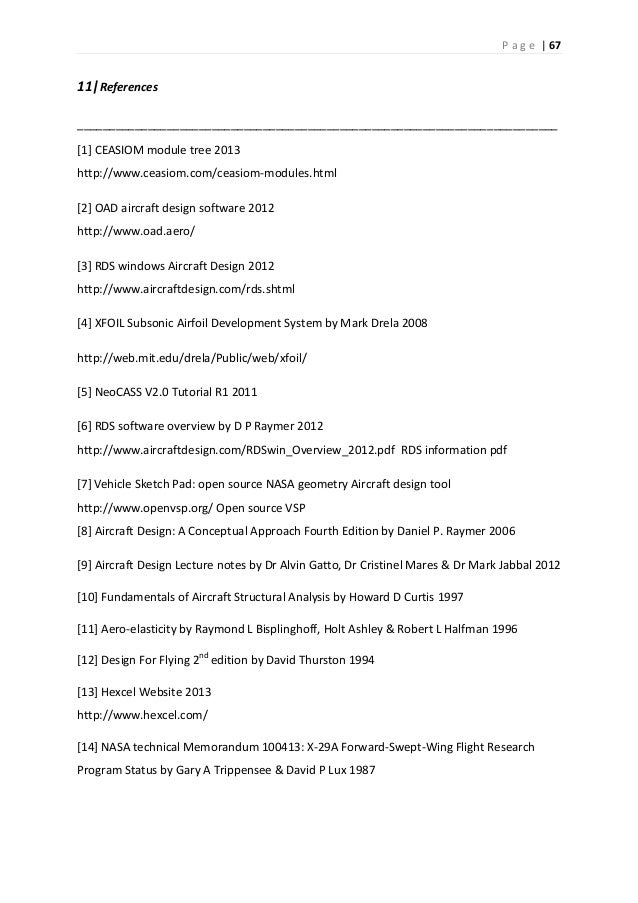AbeBooks.com: Aircraft Design: A Conceptual Approach, Fourth Edition (AIAA Education) (AIAA Education Series) (291) by D. Raymer and a great selection of. Loving Annabelle Full Movie there. AbeBooks.com: Aircraft Design: A Conceptual Approach, Fourth Edition (AIAA Education) (AIAA Education Series) (291) by D. Raymer and a.
Aircraft Design: A Conceptual Approach Fourth Edition Daniel P. Raymer Conceptual Research Corporation Playa del Rey, California 4AIAA EDUCATION SERIES Joseph A. Schetz Series Editor-in-Chief Virginia Polytechnic Institute and State University Blacksburg, Virginia Published by the American Institute of Aeronautics and Astronautics, Inc. 1801 Alexander Bell Drive, Reston, Virginia Table of Contents Preface xvii Author's Note Concerning Use of Metric Weight Units xix 1. Design—A Separate Discipline 1.1 What is Design?

1.2 Introduction to the Book 1 1 1 2. Overview of the Design Process 2.1 Introduction 2.2 Phases of Aircraft Design 2.3 Aircraft Conceptual Design Process 2.4 Integrated Product Development and Aircraft Design 3 3 3 8 12 3.
Sizing 3.1 3.2 3.3 3.4 3.5 3.6 15 15 16 16 18 27 28 4. Airfoil and Geometry Selection 4.1 Introduction 4.2 Airfoil Selection 4.3 Wing Geometry 4.4 Biplane Wings 4.5 Tail Geometry and Arrangement 5. Thrust-to-Weight Ratio and Wing Loading 5.1 Introduction 5.2 Thrust-to-Weight Ratio 5.3 Wing Loading 5.4 Selection of Thrust to Weight and Wing Loading from a Conceptual Sketch Introduction Takeoff-Weight Buildup Empty-Weight Estimation Fuel-Fraction Estimation Takeoff-Weight Calculation Design Example: ASW Aircraft xi 37 37 37 51 71 73 87 87 88 94 110 XII 6. Initial Sizing Ill 6.1 6.2 6.3 6.4 6.5 6.6 Ill Ill 112 118 119 123 Introduction 'Rubber' vs 'Fixed-Size' Engines Rubber-Engine Sizing Fixed-Engine Sizing Geometry Sizing Control-Surface Sizing 7.
Configuration Layout and Loft 7.1 Introduction 7.2 End Products of Configuration Layout 7.3 Conic Lofting 7.4 Conic Fuselage Development 7.5 Flat-Wrap Fuselage Lofting 7.6 Circle-to-Square Adapter 7.7 Fuselage Loft Verification 7.8 Wing/Tail Layout and Loft 7.9 Wetted Area Determination 7.10 Volume Determination 7.11 Use of Computer-Aided Design (CAD) in Conceptual Design.... 127 127 127 132 138 146 147 148 149 161 163 164 8. Special 8.1 8.2 8.3 8.4 8.5 8.6 8.7 8.8 8.9 8.10 8.11 169 169 169 177 185 195 196 197 197 199 201 205 9. Crew Station, Passengers, and Payload 9.1 Introduction 9.2 Crew Station 9.3 Passenger Compartment 9.4 Cargo Provisions 9.5 Weapons Carriage 9.6 Gun Installation 10. Propulsion and Fuel System Integration 10.1 Introduction 10.2 Propulsion Selection 10.3 Jet-Engine Integration 10.4 Propeller-Engine Integration 10.5 Fuel System Considerations in Configuration Layout Introduction Aerodynamic Considerations Structural Considerations Radar Detectability Infrared Detectability Visual Detectability Aural Signature Vulnerability Considerations Crashworthiness Considerations Producibility Considerations Maintainability Considerations 209 209 209 213 214 216 219 221 221 221 *. 224 250 257 XIII 11. Landing Gear and Subsystems 11.1 11.2 11.3 11.4 11.5 11.6 11.7 11.8 Introduction Landing Gear Arrangements Tire Sizing Shock Absorbers Castoring-Wheel Geometry Gear-Retraction Geometry Seaplanes Subsystems 261 261 261 266 272 279 280 283 285 Intermission: Step-by-Step Development of a New Design 295 12.
Aerodynamics 12.1 Introduction 12.2 Aerodynamic Forces 12.3 Aerodynamic Coefficients 12.4 Lift 12.5 Parasite (Zero-Lift) Drag 12.6 Drag due to Lift (Induced Drag) 12.7 Aerodynamic Codes and Computational Fluid Dynamics (CFD) 303 303 304 308 309 327 346 13. Propulsion 13.1 Introduction 13.2 Jet-Engine Thrust Considerations 13.3 Turbojet Installed Thrust 13.4 Thrust-Drag Bookkeeping 13.5 Installed-Thrust Methodology 13.6 Piston-Engine Performance 13.7 Turboprop Performance 365 365 367 370 370 371 379 386 14. Structures and Loads 14.1 Introduction 14.2 Loads Categories 14.3 Air Loads 14.4 Inertial Loads 14.5 Powerplant Loads 14.6 Landing-Gear Loads 14.7 Structures Fundamentals 14.8 Material Selection 14.9 Material Properties 14.10 Structural-Analysis Fundamentals 14.11 Finite Element Structural Analysis 389 389 390 392 402 402 402 403 408 413 425 443 15. Weights 15.1 15.2 354 451 Introduction Approximate Group Weights Method 451 454 XIV 15.3 15.4 Statistical Group Weights Method Additional Considerations in Weights Estimation 454 463 16. Stability, Control, and Handling Qualities 16.1 Introduction 16.2 Coordinate Systems and Definitions 16.3 Longitudinal Static Stability and Control 16.4 Lateral-Directional Static Stability and Control 16.5 Stick-Free Stability 16.6 Effects of Flexibility 16.7 Dynamic Stability 16.8 Quasi Steady State 16.9 Inertia Coupling 16.10 Handling Qualities 467 467 469 470 490 499 499 501 505 506 508 17. Performance and Flight Mechanics 17.1 Introduction and Equations of Motion 17.2 Steady Level Flight 17.3 Steady Climbing and Descending Flight 17.4 Level Turning Flight 17.5 Gliding Flight 17.6 Energy-Maneuverability Methods 17.7 Operating Envelope 17.8 Takeoff Analysis 17.9 Landing Analysis 17.10 Other Fighter Performance Measures of Merit 515 515 516 525 529 532 536 544 546 550 552 18. Cost Analysis 18.1 Introduction 18.2 Elements of Life-Cycle Cost 18.3 Cost-Estimating Methods 18.4 RDT&E and Production Costs 18.5 Operations and Maintenance Costs 18.6 Cost Measures of Merit (Military) 18.7 Aircraft and Airline Economics 561 561 562 565 566 570 574 575 19.